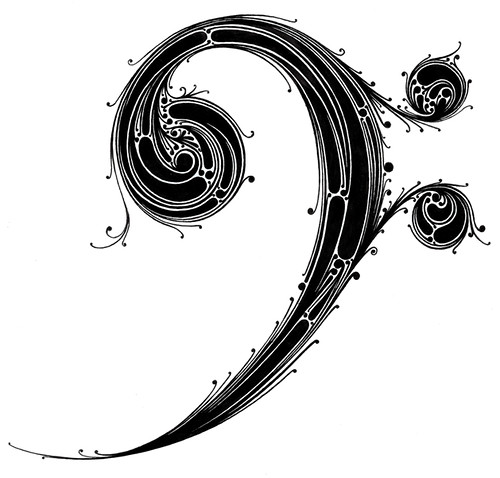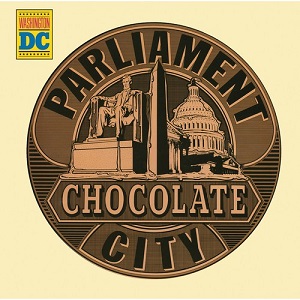Severn Hoos wrote:As you can probably tell, this topic is one that touches a nerve (in a sports sense, not in an existential sense) for me. There's a reason the Power conferences are called "Power Conferences." and why the traditionally good schools tend to still be very good year in and year out. People love the plucky underdogs, and they do make the tournament much more interesting. But in the aggregate, the best teams and conferences remain much the same over time.
When the teams actually take the court - play on even terms, neutral site, the way the "little guys" always say they want it, who ends up standing at the end? Since 2000, there have been 56 Final Four Teams. Here's the Breakdown by current conference (i.e., Louisville & Marquette made it as members of different conferences but are now in the Big East).
12 Big East
11 Big Ten
10 Atlantic Coast
7 Big 12
6 Southeastern
4 Pacific-10
3 A-10
1 Missouri Valley
1 Conference USA
1 Colonial
And when you look at Champions, it gets even more exclusive: ACC (5), Big East (3), SEC (3), Big 10 (1), and Big 12 (1) are the only conferences to win it all.
I get that we'd rather see the 3rd place team from the Horizon (is that even still a conference?) in the NCAA tournament than the 8th place team from the ACC, but I'm willing to bet that the ACC team would win a season series (so as to negate the fluke factor) almost every time.
I don't really have an answer, I just cringe when things like SoS and RPI (good on ya for ignoring it!) are used as arguments for why Team A is better than Team B.
Not sure there's really a point in there somewhere, just that my impression is that the weight of evidence over the years seems to indicate that rankings based on SoS tend to undervalue Power Conference teams and overvalue the others. But when they meet on the court, in the aggregate, the power teams still win the majority of the time. Would be very interesting to have someone do a reverse calculation after the tournament to see what teams/conferences over- or under-performed relative to their supposed rankings pre-tourney...
I have to admit. I think this is total nonsense.
You're missing a key point, a key, very big point. Namely, how many mid majors get invited to this tournament. I'm not talking half-arsed auto-qualifiers that are automatically tossed into the auto-loss 16 seed slot, Im talking those squads that have traditionally (until relatively recently) gotten a handful of slots in the 9-15 seed area (only recently have they gotten more love).
For the love of Basketball the big freaking east sends more teams to the tournament every year than all the mid majors COMBINED in the freaking tourney. Maybe, just maybe, this incredible track record for power conferences has something to do with them jamming up the tournament with innumerable teams? I don't know, maybe im just guessing, maybe im full of it, but I imagine that the Big-10 probably had better odds of having multiple teams make the sweet 16, and elite 8 because they, I don't know, had a ton of teams in the tournament?
The issue here is that of course the final four track record skews heavily towards the power conferences, if you send 10x as many teams as the mid majors, it immediately gives you a better chance at a final four run than any other mid major conference, especially in the more distant past.
While I think you have a great point, if you're talking about the college basketball of my childhood and early adulthood (1987-1997), your point becomes less and less relevant as high schools, then 1 and doners flooded the draft, and started ejecting out of schools early. Why are teams like Butler (twice), VCU, and Wichita State making these runs to the final four over the past few years? Is it just random chance, or a trend. Well you know something funny? If you scroll through final four even further back, say to when I started (while on vacation as a 13 year old in Arizona n 1988), you'll note a nearly unbroken trend of power conferences owner the final four year after year after year. Then it suddenly breaks down, in 2010. Want to know the funny thing about 2010? It's exactly five seasons after the NBA killed high school player access to the draft, and inadvertently birthed the one and done phenomena.
Funnily enough, exactly when fifth year seniors would be wrapping up their basketball careers at mid-majors is when these kids started interfering with power conference dominance of the final four. Even with the massive advantage in slots in the tournament, four of the last 16 final four participants are from obscure mid-majors. Wonder why? I'll tell you my theory. Mid-major squads that can recruit 1 and 2 star recruits that stick around for four years can turn them into quality teams by the time these kids are seniors, and since 1 and done nba prospects have started using college as essentially a minor league development system, the big boys have started falling at the hands of the genuine teams built around players that stick four their entire college years.
So in the end I take issue with two separate aspects of your argument. The first being that the # of final four appearances is the final arbiter of anything. It's an inherently flawed argument since the power conferences automatically receive an advantage by advancing a massive pile of teams into the tournament year in and year out. Despite repeatedly embarrassing themselves in tournament after tournament, the big east has seemingly been gifted 8 auto-bids automatically based on long past results, and reputation, rather than actual factual evidence. By jamming the tournament with this many teams, the power conferences will inevitably dominate final fours, and simply looking at my childhood and college and post-grad years will confirm it (why not look at the 13 years previous to the evidence you cite, when the power conferences completely owned just about every single slot ever, during that time period?).
Now that dominance is over, and the only thing that will change it is another change to the draft system, or a legal challenge to it, or major changes in the NCAA amateur requirements.
We'll see. At the end of the day I expect the power conferences to continue to control a great portion of the slots, and the championships in the NCAA, but there is no denying whatsoever that the era of complete dominance is over, and it's over because of 1 and done . Interestingly, i'll add that vegas analysts (the guys who base monetary interest in these issues) were absolutely irate about what they viewed as clearly biased decision making to kill mid majors by as usual pairing them with one another (VCU-Akro, Butler-Bucknell, Gonzaga-Wichita Stat, New Mexico-Harvard,essentially just about every single fancied mid-major was I guess coincidentally paired with another mid major in round 1. I'm sure nothing nefarious was going on to protect power conference squads from these guys).





















